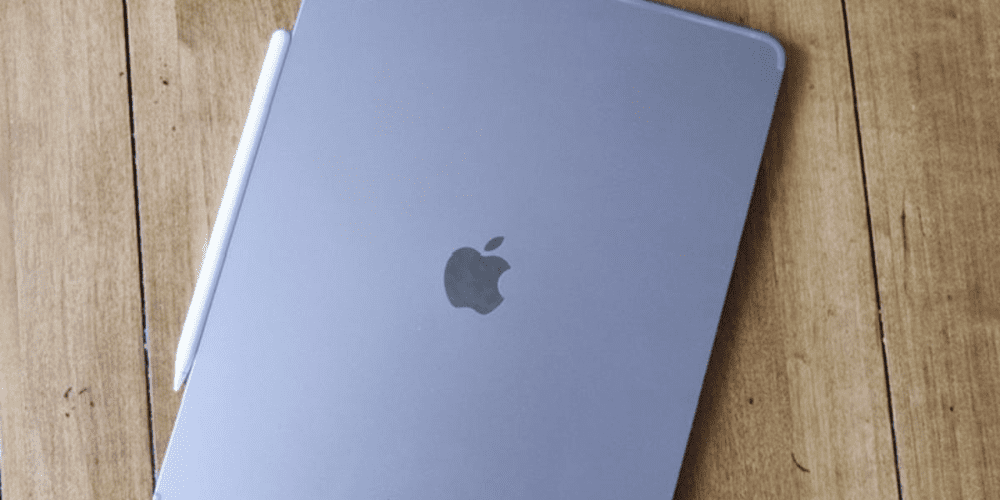Usage-Based Insurance (UBI) is a relatively new concept in the world of car insurance, which allows drivers to pay for their insurance based on how much they use their car. UBI has gained popularity in recent years as more and more people are looking for ways to reduce their auto insurance premiums. In this article, we will explore what UBI is, how it works, and how it can help drivers save money on their car insurance premiums.
What is Usage-Based Insurance?
Usage-Based Insurance is a type of car insurance that uses telematics technology to collect data on a driver’s driving habits, such as the number of miles driven, the time of day the car is used, and the speed at which the car is driven. This data is then used to determine the driver’s insurance premium. Drivers who drive less, drive during low-risk hours, and exhibit safe driving habits are likely to pay less for their insurance than those who drive more frequently or exhibit risky driving habits.
UBI policies are typically divided into two categories: Pay-As-You-Drive (PAYD) and Pay-How-You-Drive (PHYD). PAYD policies charge drivers based on the number of miles driven, while PHYD policies charge drivers based on their driving behavior.
How Does UBI Work?
UBI policies work by using telematics devices, which are installed in a driver’s car and collect data on their driving habits. These devices can track various aspects of a driver’s behavior, including speed, braking, acceleration, and even the route taken. The data is then transmitted to the insurance company, which uses it to calculate the driver’s insurance premium.
PAYD policies charge drivers based on the number of miles they drive. This is typically determined by the number of miles recorded by the telematics device. Drivers who drive less are likely to pay less for their insurance than those who drive more.
PHYD policies, on the other hand, charge drivers based on their driving behavior. The telematics device collects data on a range of driving habits, including speed, braking, acceleration, and cornering. Drivers who exhibit safe driving habits, such as driving at a safe speed and avoiding sudden stops or accelerations, are likely to pay less for their insurance than those who exhibit risky driving behavior.
Benefits of UBI
There are several benefits to using a UBI policy. Firstly, drivers who drive less are likely to pay less for their insurance. This can be particularly beneficial for those who only use their car occasionally or who drive short distances.
Secondly, UBI policies can encourage safe driving habits. Drivers who know that their driving behavior is being monitored are more likely to drive responsibly and avoid risky behavior such as speeding or sudden stops. This can lead to fewer accidents and lower insurance premiums for all drivers.
Finally, UBI policies can be a good option for those who are looking to save money on their auto insurance. By paying only for the miles they drive or their driving behavior, drivers can save money on their insurance premiums and potentially reduce their overall insurance costs.
Challenges of UBI
While there are several benefits to using a UBI policy, there are also some challenges to consider. Firstly, UBI policies may not be suitable for all drivers. Drivers who frequently drive long distances or during high-risk hours may not benefit from a PAYD policy, while drivers who exhibit risky driving behavior may not benefit from a PHYD policy.
Secondly, UBI policies may not accurately reflect a driver’s actual risk. The data collected by telematics devices may not provide a complete picture of a driver’s behavior, and there may be other factors that contribute to a driver’s risk, such as the type of car they drive or their age and experience.
 Lifeyet News Lifeyet News
Lifeyet News Lifeyet News





